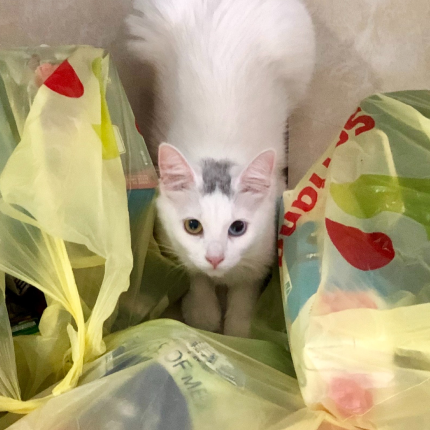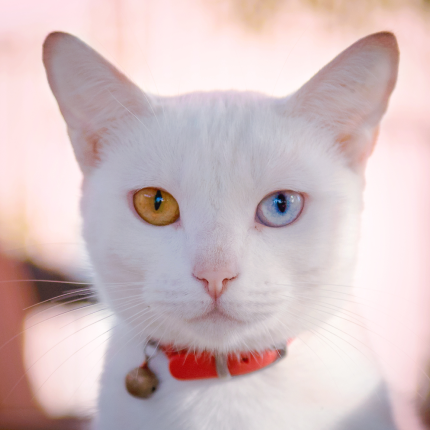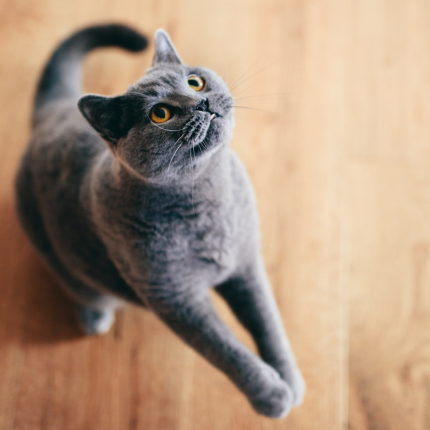Understanding Cats’ Fascination with Licking and Biting Tape and Plastic

Cats, our beloved furry companions, are notorious for their curiosity when exploring objects they shouldn’t consume. From clothing and coins to phone cords and floss, there is no limit to what a cat might attempt to nom on. Among their preferred “snacks” are tape and other adhesive materials, often resulting in comical encounters of finding our feline friends with tape stuck to their noses. But what drives cats to engage in such behavior?
One possible explanation is pica, characterized by compulsive chewing and ingesting non-food items. Cats who tend to lick or bite tape and plastic may exhibit signs of pica. While the exact cause of pica remains unknown and limited research has been conducted on the topic, veterinarians recognize it as a compulsive behavior that can be exacerbated by stress, frustration, or specific feeding regimens.
Although free-feeding is generally favored for cats with pica, as it may help alleviate the behavior, the underlying triggers for pica can range from environmental factors to genetics.
Additionally, cats with digestive disorders are more prone to developing pica, and certain breeds, such as oriental breeds, have a predisposition to the condition, according to the Merck Veterinary Manual.
While pica provides one explanation for cats’ peculiar snacking habits, other theories shed light on additional factors contributing to their fascination with plastic. One theory revolves around potential food-based components and odors present in plastic bags.
Some bags are made with corn starch or tallow (animal fat), while others are coated with fish oils to enhance their ease of opening. These scents, combined with the lingering aromas of any food items previously stored in the bags, may attract cats due to their highly sensitive noses.
Another theory suggests that cats derive pleasure from the tactile experience of licking plastic, as it offers a unique texture and produces a satisfying crinkling sound. Many cat toys incorporate crinkly materials precisely because of their allure.
While licking and biting plastic is generally harmless as long as the cat does not ingest any plastic, keeping plastic bags safely stored is advisable to prevent potential hazards. Pet owners can help discourage pica-like behaviors by ensuring that small enticing objects are kept out of reach and promptly disposing of boxes with tape. Ingesting non-edible items can be dangerous and may result in costly veterinary bills.
By understanding the reasons behind cats’ affinity for tape and plastic, pet owners can take proactive measures to create a safe environment that minimizes potential risks associated with this behavior. Remember, a vigilant approach and thoughtful management can help protect our feline friends from harm and ensure their well-being.

Featured Articles

The Odd-Eyed Cat (AKA Heterochromia)
Cats are already beautiful and fascinating creatures, but people are bound to take notice when they have something as captivating as two different colored eyes. Odd-eyed cats always have one blue eye paired with either a green, yellow, or brown eye. This form of heterochromia occurs in other animals, including…

Polydactyl Cats: Just More Beans to Love
Polydactyl cats have become extremely popular in recent times. As a result, more and more people are interested in learning more about this six-toed cat and want to get one of their own. If you are a cat lover intrigued by polydactyl cats, you have come to the right place….

Why Do Cats Roll Over Into Their Backs But Not Let You Touch Their Bellies?
It’s common knowledge dogs love to have their tummies rubbed when they freely lay down before you and roll onto their backs. But, if you’re also familiar with cats, you know that when they roll onto their backs with their bellies exposed, rubbing the belly will most likely result in…
